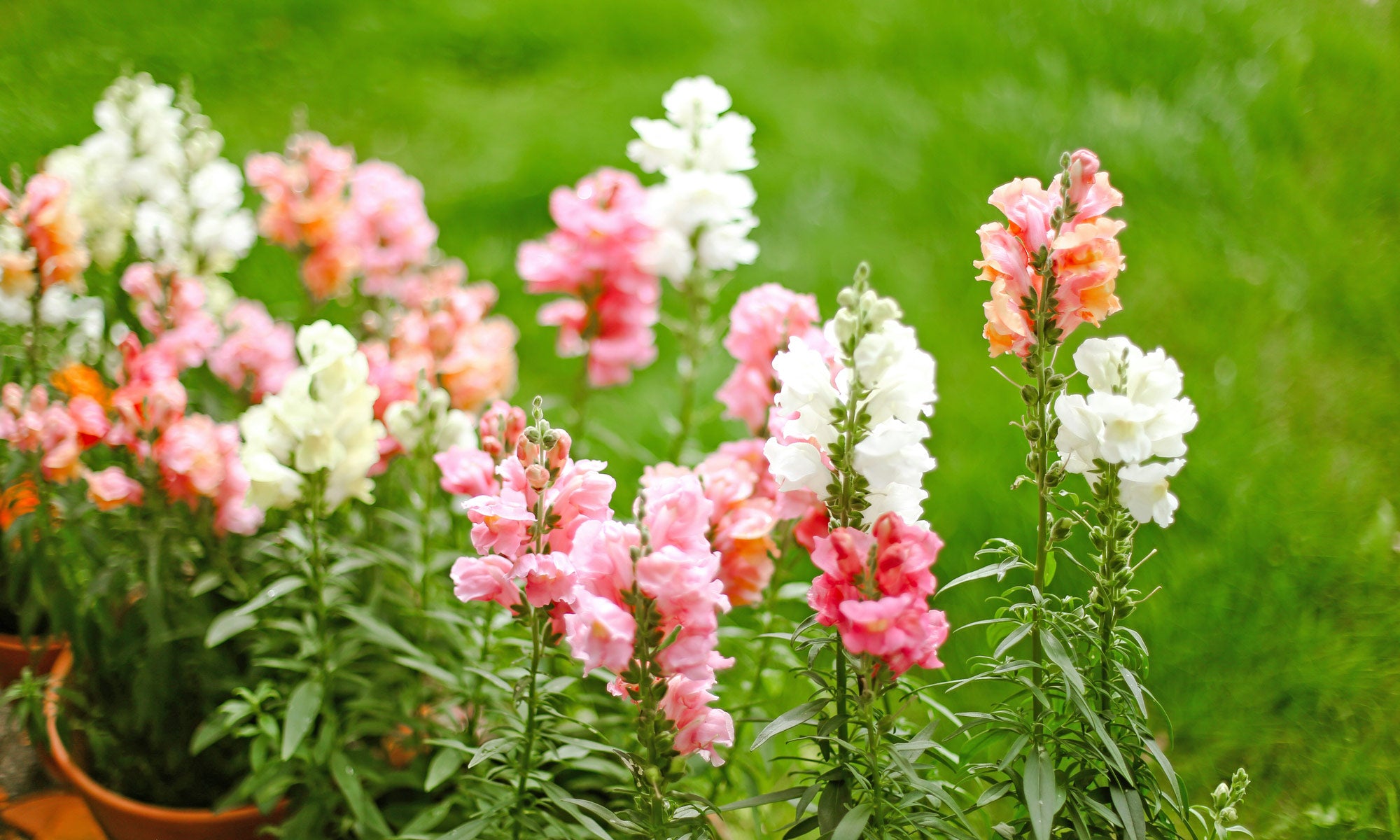Contrary to what some might believe, gardening doesn’t take a break, not even in the winter. If you’re in the South, particularly in warmer areas, you can still plant throughout December and January. For those in colder climates, winter is the perfect time to plan for next year’s garden. It’s an opportunity to start summer annuals indoors, prepare for outdoor planting after the last frost, and sow seeds to ensure a vibrant spring and summer ahead.
Before starting, consult the USDA Plant Hardiness Zones Map to make sure you’re selecting plants suitable for your region. The South typically falls between zones 7b and 9a, allowing for plenty of winter planting and planning opportunities.
Here are some flowers and plants you can sow during winter:
Violas and Pansies
These resilient blooms not only add beauty to your garden but can withstand most of what winter throws their way. They thrive in partial shade, needing at least four hours of sunlight daily. Plant them in well-drained soil with a slightly acidic pH of 6.0 to 6.2, and feed them with liquid fertilizer every two to three weeks. Ensure the soil is properly drained and water regularly. Trim back leggy or older pansies to encourage new growth.
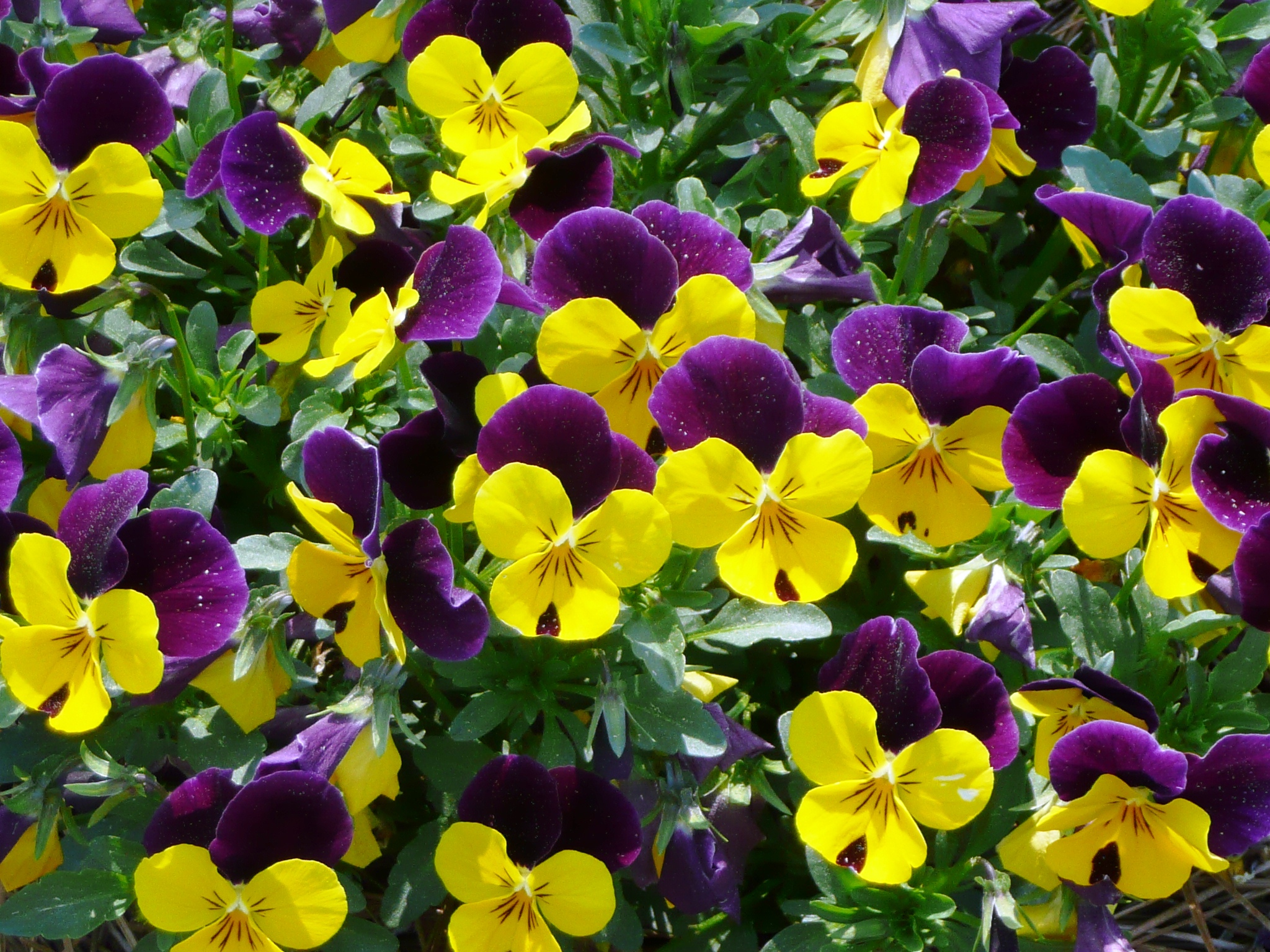
Forsythia
Known as “yellow bells” because of their vivid yellow blooms, forsythia can be planted in February in much of the South and will bloom throughout the summer. Forsythias require at least six hours of direct sunlight daily for optimal growth. They prefer loose, well-draining soil and are not picky about pH levels. Water regularly when first planted, and once established, only water if there is a prolonged dry spell. Fertilize your forsythia a year after planting.
Bachelor’s Buttons
Also called cornflowers, these charming blue wildflowers were once used as boutonnières by Victorian-era suitors. Plant bachelor’s button seeds toward the end of winter, and you’ll enjoy vibrant blue blooms from early summer onwards. They flourish in full sun and well-drained soil. These wildflowers are fairly drought-tolerant but will appreciate regular watering.
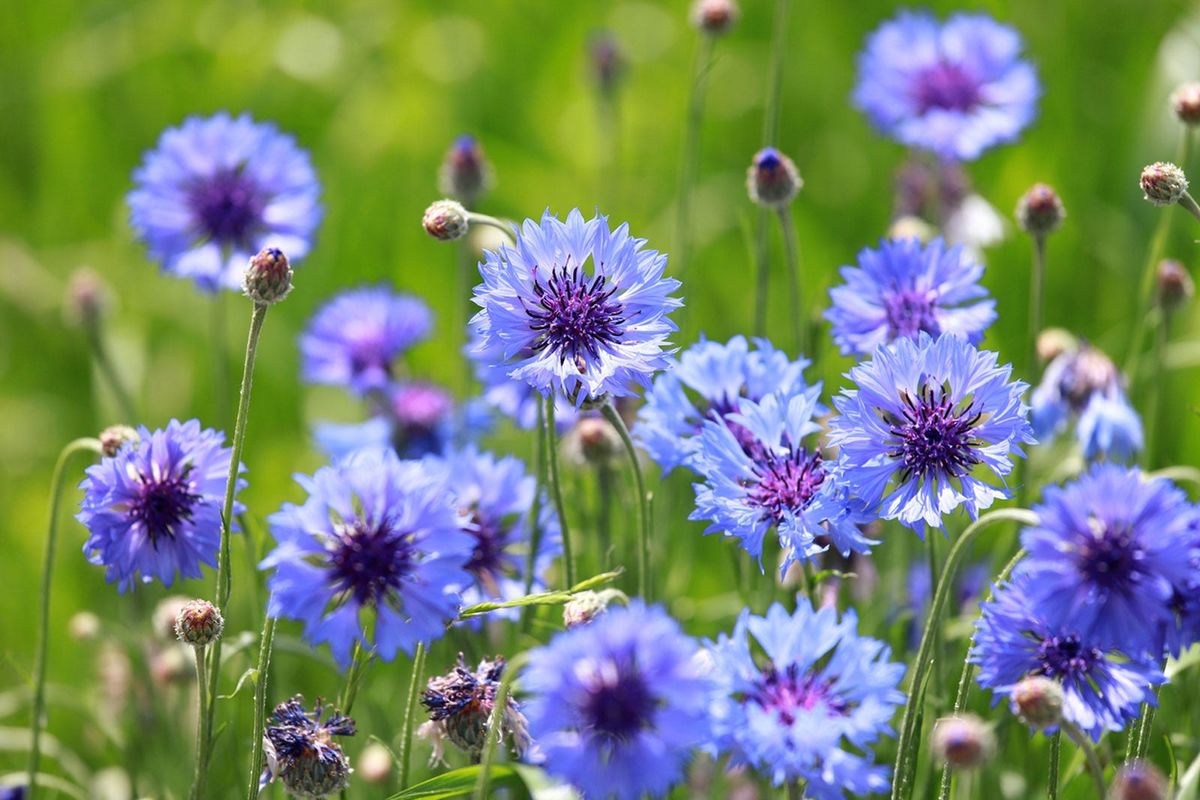
Decorative Kale
Ornamental kale, while related to the edible variety, isn’t meant for the dinner plate. With its striking colors and cold tolerance, it’s perfect for a winter garden. It requires at least four hours of sunlight each day and should be planted in well-drained soil. If using containers, choose pots between four and eight inches wide. Try pairing ornamental kale with pansies, violas, and snapdragons for a stunning container display that will last all season.
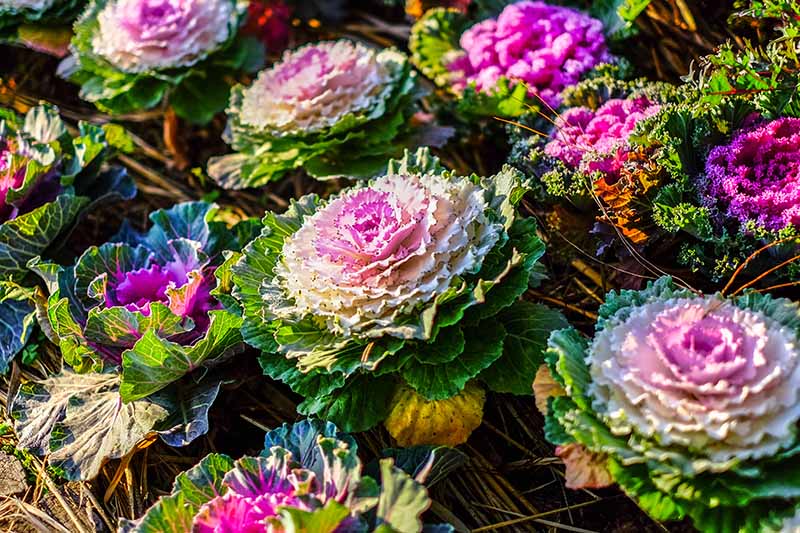
Delphinium
This tall, elegant plant is ideal for late-winter planting, rewarding you with its stately blooms throughout summer. Delphiniums thrive in full sun and require regular watering and fertilization. Ensure the soil drains well, as they do not tolerate soggy conditions. These majestic plants can grow up to six feet tall, adding a whimsical focal point to your garden.
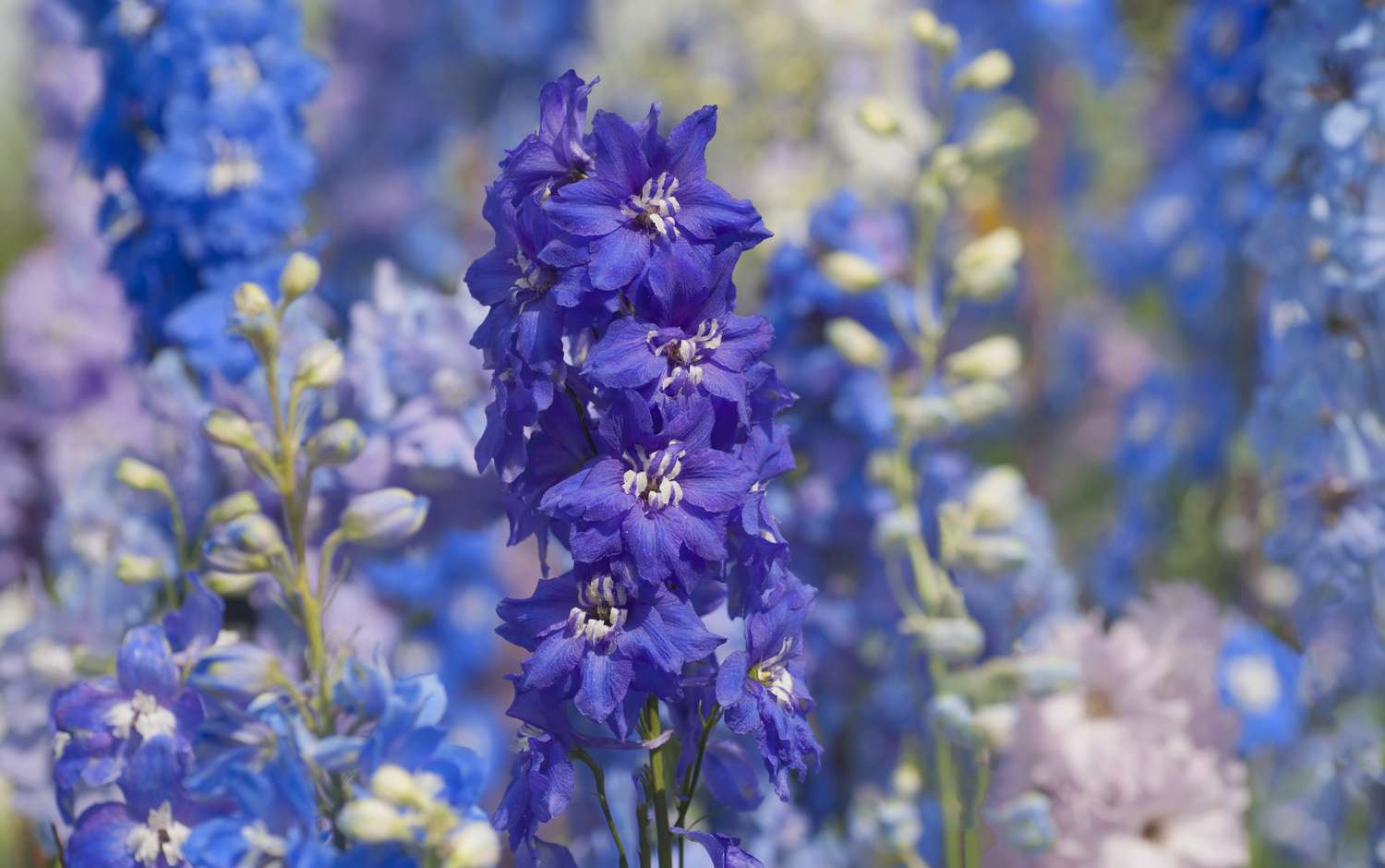
Primrose
Primroses are perfect for winter color and are highly cold-resistant. Plant them in February, either in the ground or containers, where they’ll do well outdoors. They thrive in partial shade and need well-drained, slightly acidic soil. Water regularly and use half-strength fertilizer to keep these cheerful flowers flourishing.
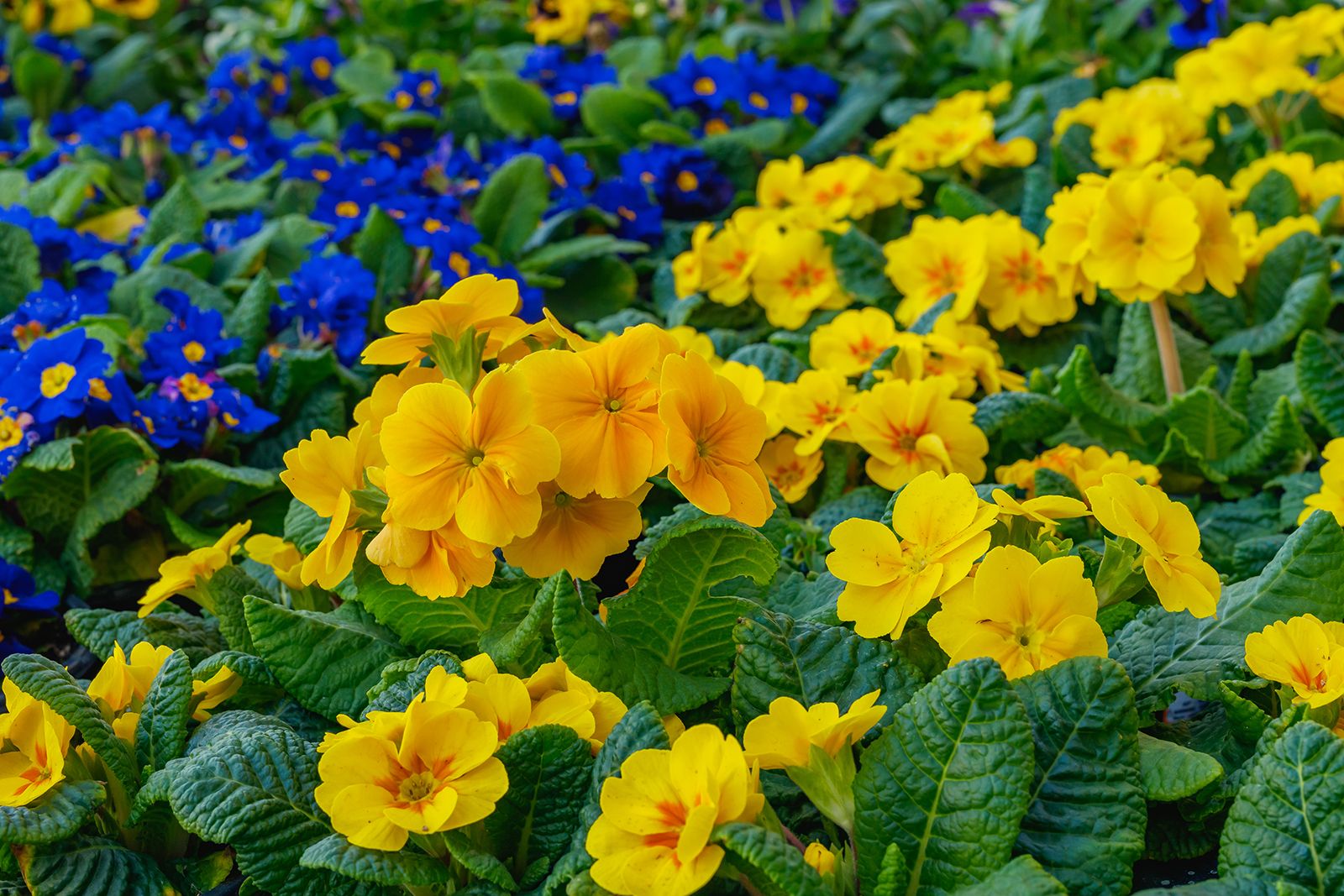
Poppies
Poppies are unique in that they perform best in cold weather. Sow their seeds outdoors in the fall or winter, and they’ll reward you with bright, cheerful blooms. They require full sun, regular watering, and well-draining soil. Once established, they need minimal feeding. If you wish to cut poppies for arrangements, sear the cut stems before placing them in water to extend their vase life.

Calendula
Brighten your garden with cheerful yellow and orange calendula blooms, a versatile plant that is not only beautiful but also edible and highly attractive to pollinators. Known as pot marigolds, calendulas grow best in full sun, though they don’t fare well in excessive heat and may require partial shade during the hottest summer months. Water them frequently until they are well established, then reduce to occasional watering. They thrive in rich, well-draining soil. While calendulas are hardy in cooler months, they won’t survive a hard freeze. If frost is expected, cover them with a frost blanket or apply a three to four-inch layer of mulch for extra protection.
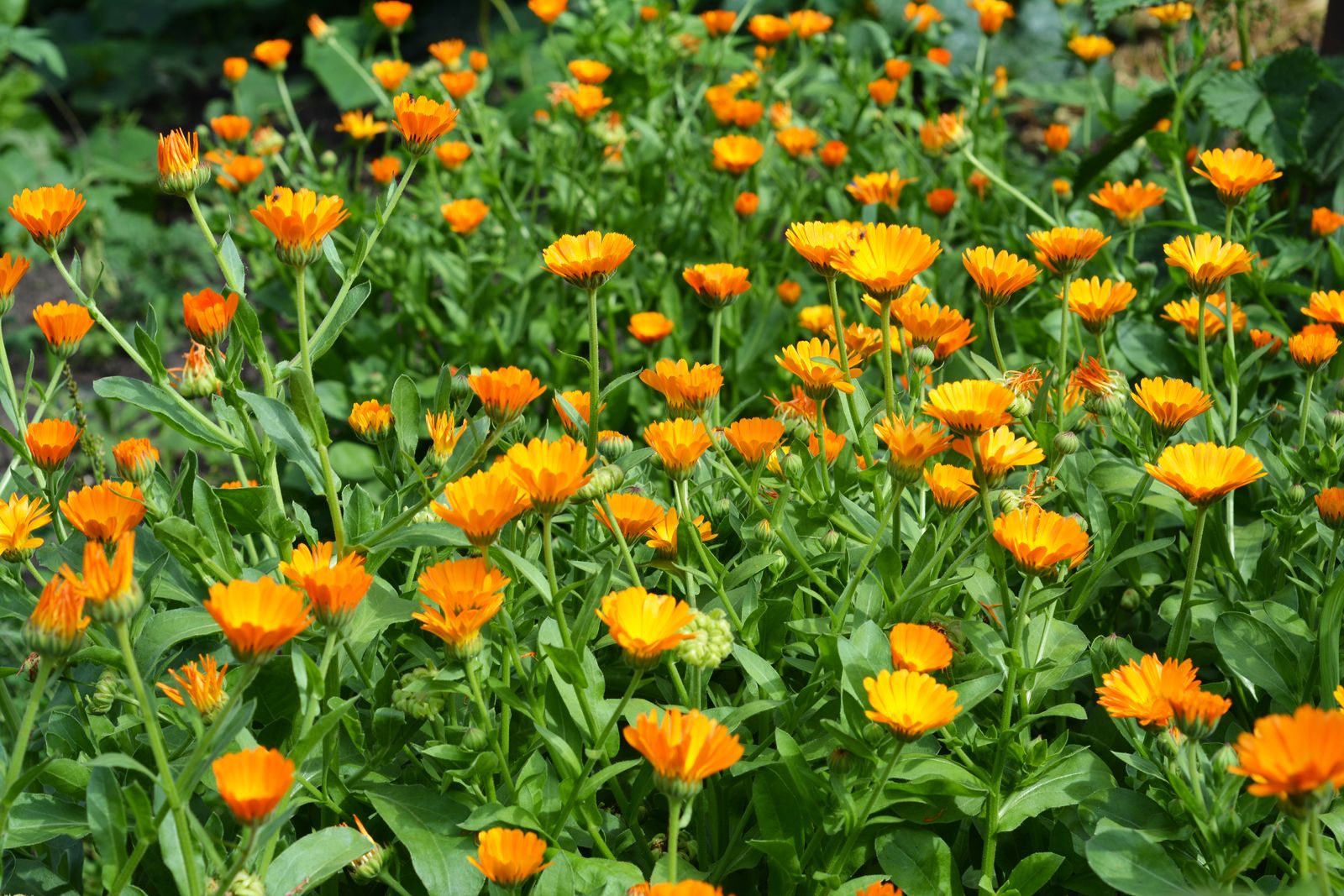
Bluebells
Bluebells, also known as Scilla, are a resilient winter flower that adds a peaceful splash of color to your garden. Growing up to a foot tall, bluebells thrive in partial sun and require soil that is well-draining, rich, and slightly acidic. They need regular watering and do well in moist soil, but be cautious not to overwater, as it can lead to root rot.
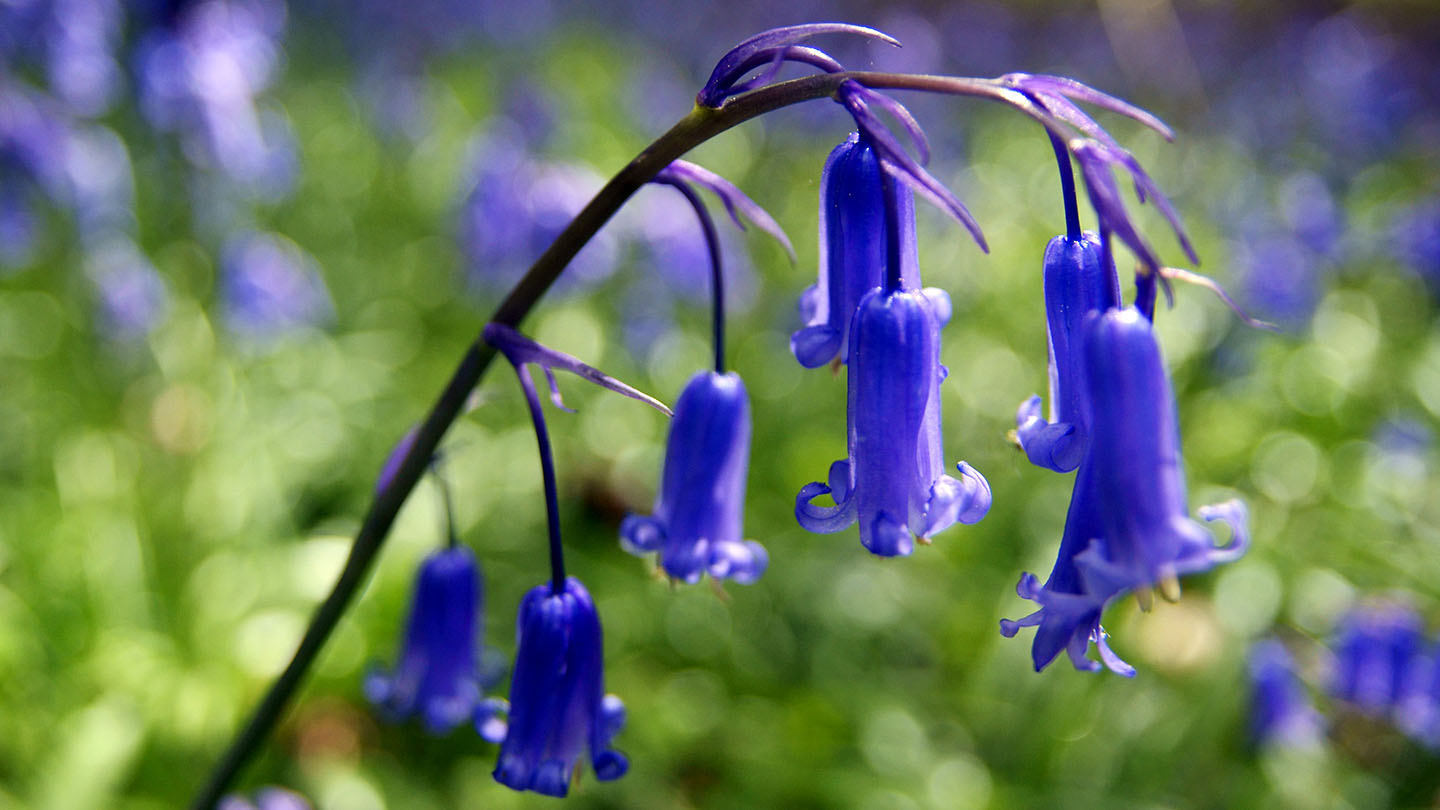
Snapdragons
Snapdragons, whether grown from seeds or seedlings, are hardy enough to endure a bit of winter chill and provide stunning vertical blooms in the spring. They flourish in full sun to partial shade, in soil with a neutral pH and good drainage. Snapdragons require consistent watering, about one inch per week in the absence of rain. To encourage optimal growth, deadhead the flowers regularly. These beautiful, towering plants are sure to add vibrant color and height to your garden.
